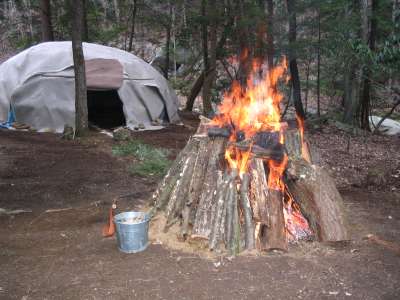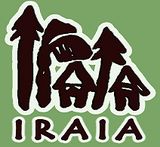Consider the choice: either spend a weekend in glitzy Las Vegas, or a full week in an Indian village in upstate New York with only minimal amenities. Which one to choose?

If you choose Las Vegas, here’s ten bucks, good luck with the slot machines. If you choose upstate New York, this column is for you.
I was with the Cordillera People’s Alliance when we were invited by American indigenous activists to attend the Land Is Life founding conference. It was decided that I go to represent the CPA . The conference, to be attended by IP representatives and rights advocates from the various continents, was to be held in Fonda in upstate New York. Continue reading “Indigenous spirits revisited”

